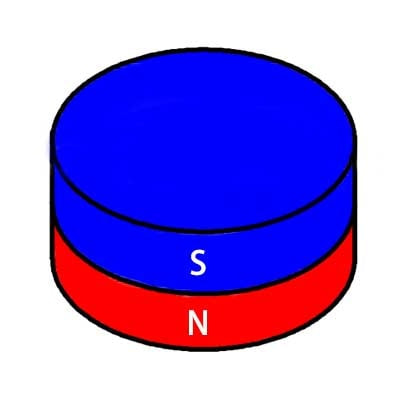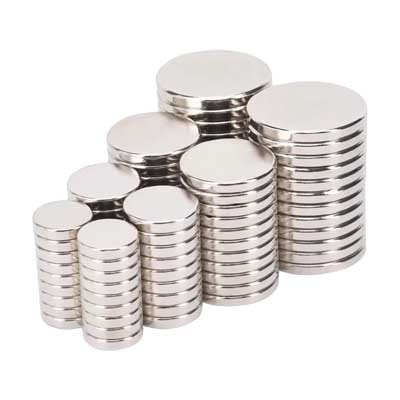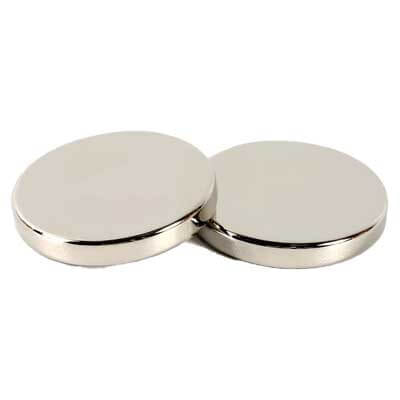Neodymium Iron Boron (NdFeB) magnets, renowned for their exceptional magnetic strength, are the strongest permanent magnets commercially available, but require careful handling of environmental exposure, and coating materials. Advanced grades and protective coatings are essential for maintaining long-term reliability in demanding applications.
While the best magnet grades(e.g. N52 magnets) and protective coatings(Ni-Cu-Ni) are not always the best solutions for your own, users must balance magnetic performance with thermal and environmental constraints to ensure optimal functionality.
Neodymium magnets' remarkable performance and longevity are significantly influenced by temperature, corrosion resistance, and protective coatings.
(1) Temperature Sensitivity
NdFeB magnets exhibit strong magnetic properties at room temperature but are highly susceptible to thermal demagnetization. The key temperature-related parameters include:
Curie Temperature (Tc) Approximately 310–370°C (varying slightly with composition). Above this temperature, the magnet loses all magnetic properties permanently. Maximum Operating Temperature Typically 80–200°C, depending on the grade and coating. Exceeding this limit can cause reversible or irreversible loss of magnetization. High-grade NdFeB magnets (e.g., N52) have lower temperature stability compared to lower-energy products. Temperature Coefficient NdFeB magnets experience a ~0.11–0.13% loss in remanent magnetization (Br) per degree Celsius rise above 80°C, depending on the specific grade.
Challenges:
Rapid loss of magnetization above 150°C in standard grades.
Irreversible damage if exposed to temperatures near the Curie point.
(2) Corrosion Resistance
NdFeB magnets are prone to oxidation and corrosion due to their iron-rich composition. In humid or acidic environments, unprotected magnets can rust, leading to structural weakening and magnetic loss. Factors accelerating corrosion include:
Humidity (> 80% RH): Causes rapid surface oxidation.
Salt spray (marine/industrial environments): Accelerates electrochemical corrosion.
Acidic/alkaline exposure – Damages the magnet's microstructure.
(3) Protective Coating
Magnet coatings protect against corrosion, improve durability, and enhance appearance. There are various coated materials suited for different conditions:




 Customized is available
Customized is available T/T or L/C accepted
T/T or L/C accepted EXW/FOB/CIF/DDU first
EXW/FOB/CIF/DDU first 24 hours customer services
24 hours customer services Offer free magnetic solution
Offer free magnetic solution Quality guaranteed
Quality guaranteed 3~20 days lead time
3~20 days lead time Free samples provided
Free samples provided 100% secured online ordering
100% secured online ordering



